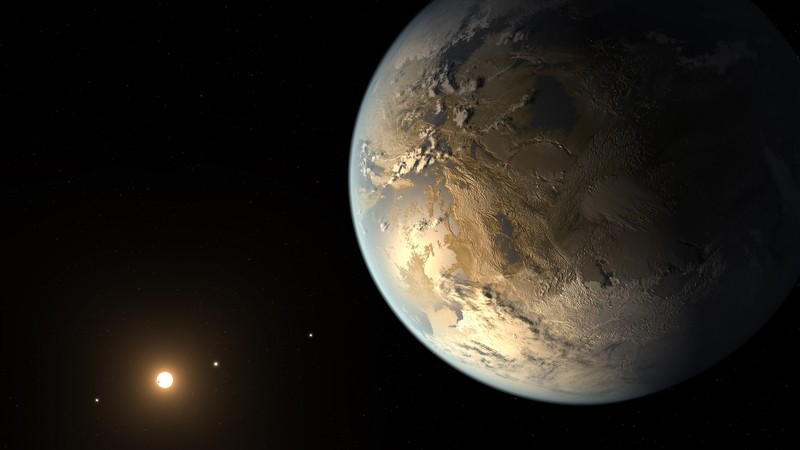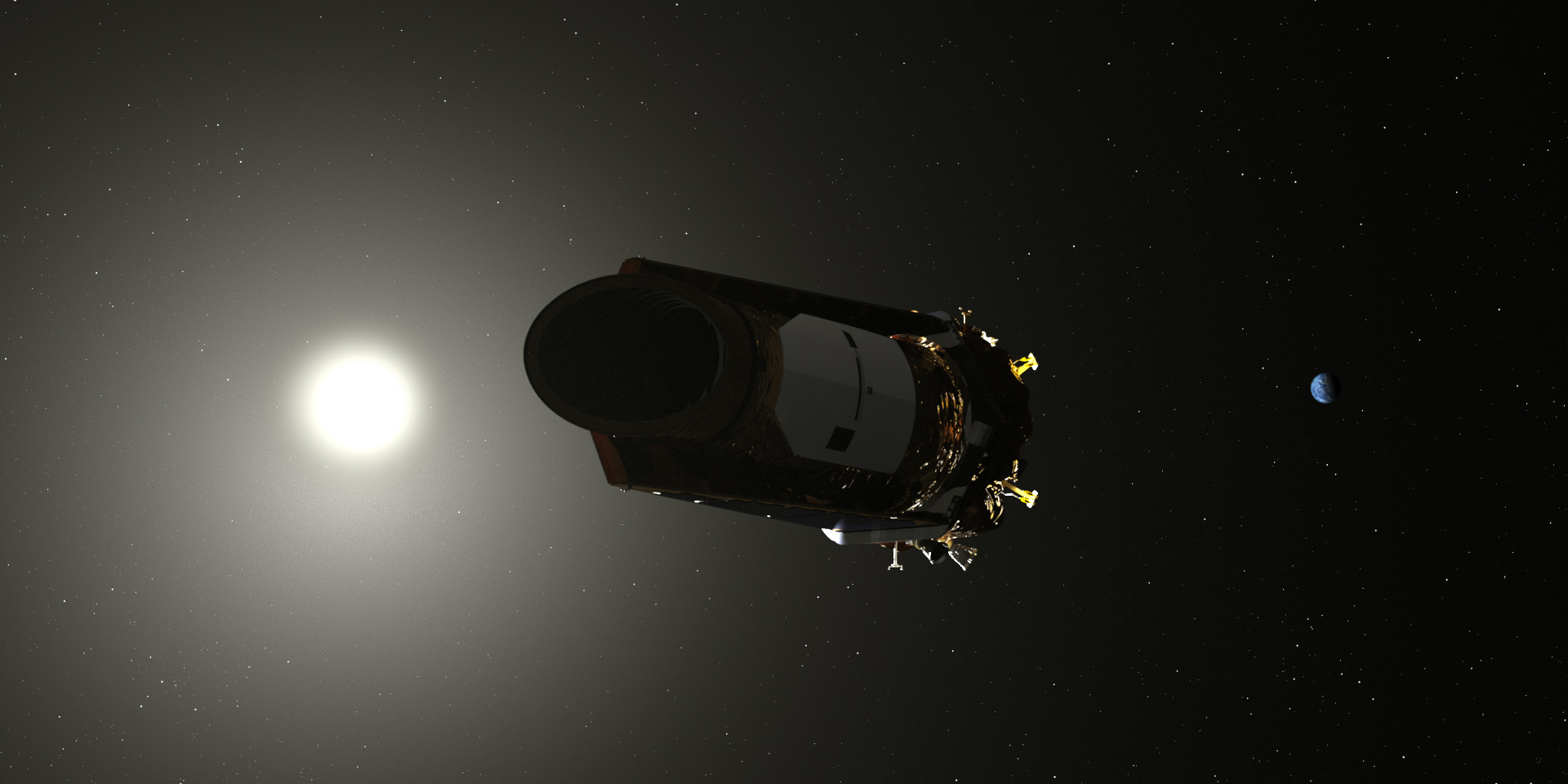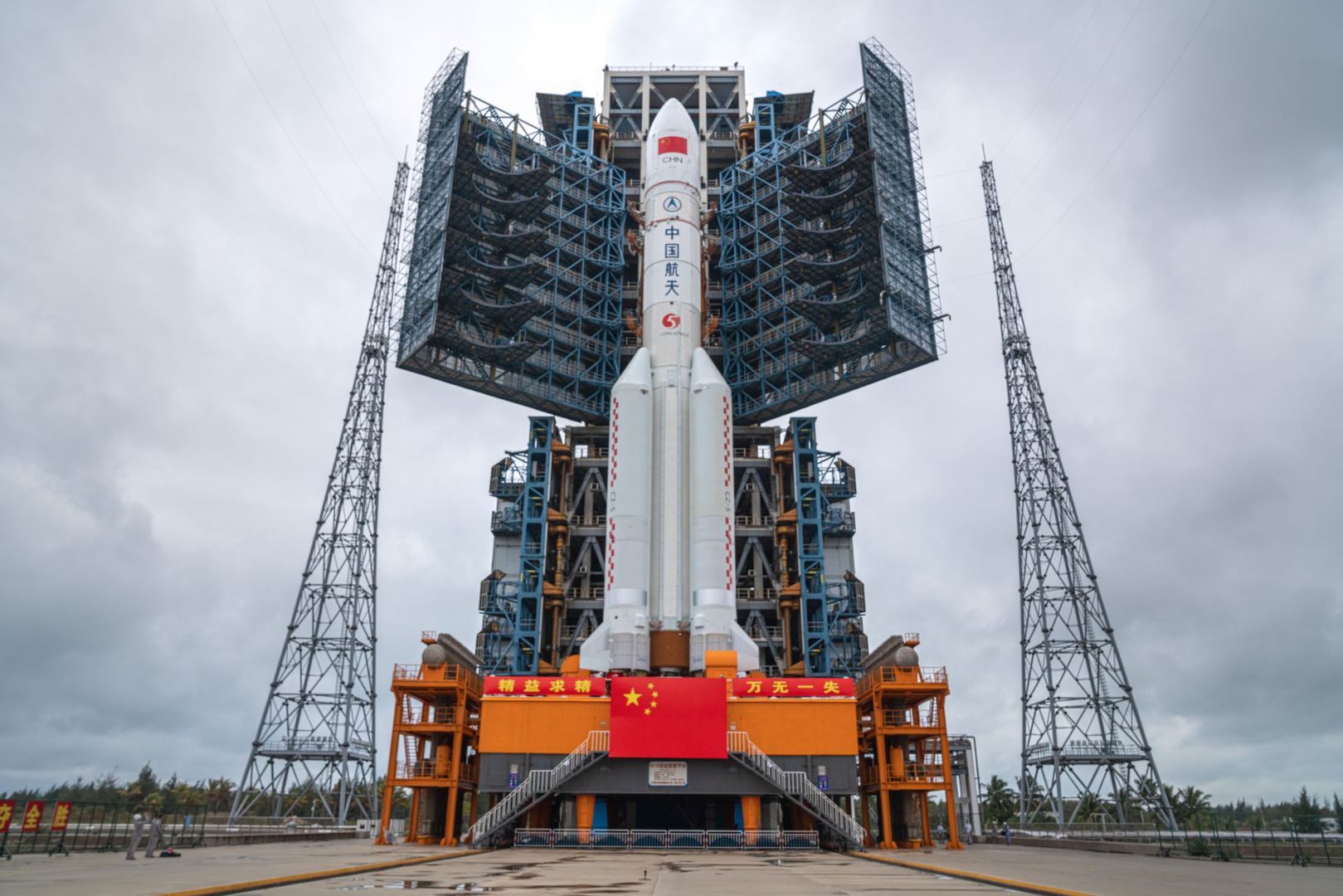Neither the Moon nor Mars can satisfy China’s space ambitions. The Asian country is targeting other star systems, keeping an eye on exoplanets (exoplanet, the concept of planets outside the Solar System). This month, Chinese scientists will publish the blueprint for the first exoplanet search mission.
Chinese astronomy wants to find an Earth-like planet orbiting a Sun-like star. For a long time, scientists thought that such a star could be called Earth 2.0, when it could contain liquid water and even support life.

Within the Milky Way, NASA’s telescopes have discovered more than 5,000 large and small exoplanets. Some of them are rugged, rocky, Earth-like planets, orbiting stars of varying ages and sizes. However, there is no candidate worthy of the name “Earth 2.0”.
With current technology, it is difficult to detect the signals of Earth-like planets, especially when the central star radiates a huge gravitational pull and lights up a corner of space. That’s the opinion of Jessie Christiansen, an astrophysicist working at NASA’s Institute of Exoplanet Science.
Named “Earth 2.0”, the Chinese mission aspires to identify the planet that best fits the new concept. The Chinese Academy of Sciences will be the main sponsor of the project, and it is now preparing to finish the preliminary design. If the satellite drawings are approved by the expert panel in June, the Institute will immediately provide funds to start the installation.
If all goes well, the Chinese will launch this probe on the Long March rocket before the year 2026 closes.
One set of seven pupils
Satellite Earth 2.0 owns seven telescopes, will conduct sky observations within 4 years. The six telescopes will all point towards the constellation Cygnus-Lyra, the same space that NASA’s Kepler telescope is already observing.
“The airspace Kepler is observing is an easily accessible target, which we derive our price fund data from“, Ge Jian, an astronomer who is leading the Earth 2.0 project shared with the press.

Illustration of NASA’s Kepler telescope in space.
Six telescopes will search for exoplanets by observing changes in a star’s brightness – an indication that a planet is passing by its central star. Using multiple lenses, the Earth 2.0 satellite will possess a much wider field of view than the Kepler telescope, a sky five times wider and up to 1.2 million stars.
“Considering the ability to survey the sky, our satellite can be about 10-15 times more powerful than NASA’s Kepler telescope“, researcher Ge Jian said.
Earth 2.0’s seventh lens is a gravitational telescope with a microscope lens that will be used to observe stray planets, unaffected by the gravitational field of any star. This lens will keep an eye on the sky near the center of the Milky Way, where a large number of stars converge. According to expert Ge Jian, if it goes into space, Earth 2.0 will be the first space device to own a gravitational telescope with a microscope lens.
“Essentially, our satellite can take measurements that show the size, mass and age of the exoplanet. The mission will bring back a large collection of exoplanets for future research“, the Chinese astronomer confirmed.
Double data for what
NASA launched Kepler into the air in 2009, hoping to determine the density of Earth-like planets in the Milky Way. To confirm an “Earth-like” exoplanet, experts will have to measure the time it takes for the planet to complete one revolution around the central star (which will be approximately 1 Earth time). It is estimated that scientists will need at least 3 complete rotations to find the correct orbit, equivalent to 3 years of data. If there is a data gap, the research process will be even longer.
But when the Kepler mission was only four years old, part of the instrument malfunctioned and emptied the data warehouse. With Earth 2.0, astronomers will have a huge amount of additional data, which can combine with what Kepler has already collected and identify which are Earth-like exoplanets.

China’s Long March Missile.
Researcher Ge Jian plans to publish the results of the observations within 1 to 2 years after Earth 2.0 completes the mission. “It’s going to be a lot of data, so we need as much help as possible“, I said. The current research team has 300 people, including scientists and engineers, most of them from China. But Ge Jian wants global experts to join. “Earth 2.0 is a great opportunity for international cooperation“.
Currently, the European Space Agency ESA is also planning a mission to find exoplanets. Named Planetary Transits and Oscillations of Stars (PLATO), the probe satellite is also expected to enter space in 2026.
PLATO owns up to 26 telescopes, which will observe a much wider sky than Earth 2.0. Every two years, European experts will change PLATO’s perspective to broaden the scope of the search for exoplanets.
According to Nature
